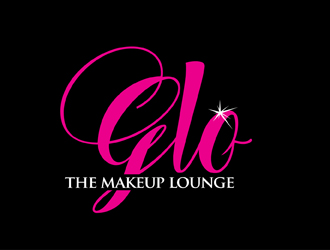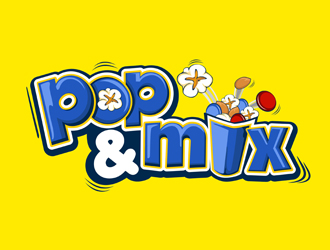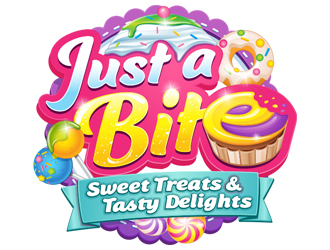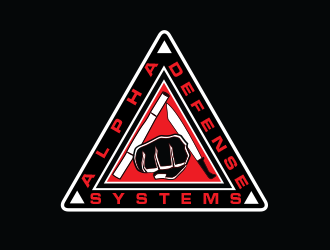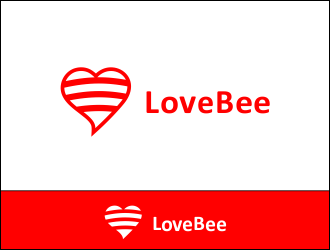Color influences our decision-making. In marketing and advertising, color is used to shape an impression. Color in logos and other marketing materials affect emotions and perceptions, and for this reason, color is an essential component of designing a logo.
The color of your logo – what does it mean?
First, colors have associations: ideas they bring to our minds when we see them. Associations grow from the use of color in the natural world, and from the history of our color experience – in a sense, the culture of color.
Secondly, colors have an emotional impact: a tendency to influence our state of mind and our moods. This is partly due to associations, and partly due to a physiological reaction to the color itself. For example, red increases attention, perhaps because it raises our heart rate slightly when we see it.
The Psychology of warm color in logo design
Logo designs typically use pure primary colors – red, blue, yellow – and pure secondary colors – purple, orange, green. Take a look below at the warm colors, and consider how the choice of color might shape the impression your logo makes.
Yellow color in logo designs
Yellow is the warmest of the warm colors, associated with joy, happiness, and kid-friendliness. Its similarity to gold also creates associations with loyalty, dignity, and honor. Too much yellow may also have negative connotations of cowardice (“yellow-bellied”) and deceit.
Yellow is inviting. Its emotional impact is to attract attention. It also stimulates wakefulness and muscle energy, like the sun.
What does it mean for your business logo design? Yellow’s high visibility makes it stand out. Logos that use yellow are bold, and possibly brash. Combining boldness with warmth, a yellow logo portrays an extroverted character. Its frequent use in safety signs creates an association with caution. This works – the thoughtful intention of a safety sign balances any brashness. Companies that use a logo with considerable yellow add these characteristics to their brand.
Orange color in logo designs
Orange represents positive energy, encouragement, and the abundance of the tropics. It’s another bold color that carries the outgoing energy of youth. Orange generates a response of enthusiasm and creativity.
What does it mean for your logo? Orange is bold and unapologetic – it’s a brand color that demands a response. In an industry where individuality is a good thing, it can differentiate your brand. However, a predominantly orange logo can be overwhelming and may create strong judgments. A dash of orange is inviting and friendly.
Red color in logo designs
Red is the most intensely-charged color. Red invokes emotions both positive, like love and warmth, and negative, like anger and fear. We use it to create alertness when danger is near. Red puts us on edge, increasing our focus and awareness.
Red is both the color of celebration and mourning, worn by brides in some cultures and by widows in others. Though its cultural associations may differ, red is always intense: it elicits the strongest physiological response of any color in the spectrum.
What does it mean for your logo? One thing is certain: red attracts attention. It dances and sings. A logo design with red on white or white on red is as bold as your can go. You see this kind of design in highly competitive saturated markets, where products are distinguished more by brand preference than anything else.
A touch of red detail can work beautifully in a logo with mostly low-contrast color, like white, gray, or black. Its attention-grabbing effect creates a focus of attention on a subtle background. Because it can be used to effect a range of emotional tones – danger, love, fear – red is one of the most versatile logo design colors.
When you see a global brand using one or two predominant colors in their logo, you can be sure they’re banking on the psychological effect that color produces. Colgate, Air Canada, Virgin, CNN, and Red Cross all use red and white. Best Buy, Sprint, and Cheerios logos are all predominantly yellow. Home Depot, General Electric, and Harley Davidson make heavy use of orange.
While any color can be beautiful, some colors can do more for the image of your business. What logo colors would boost your brand?

